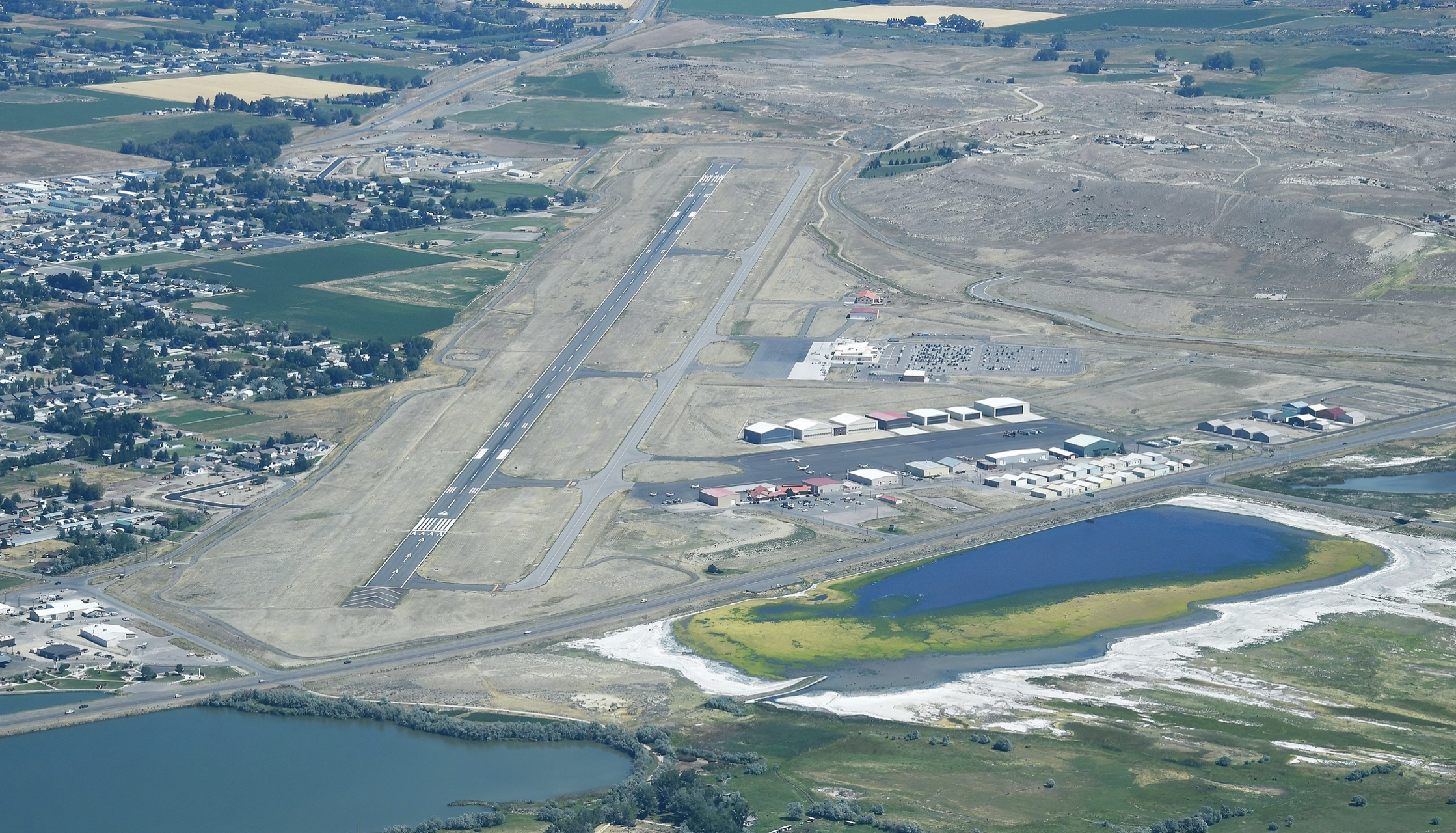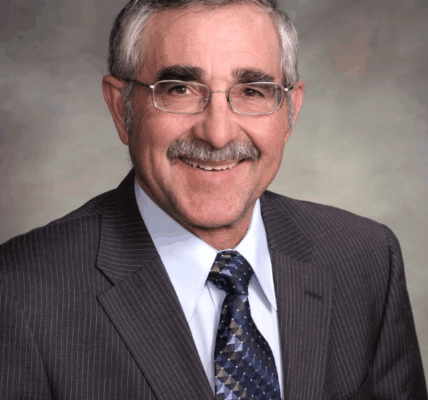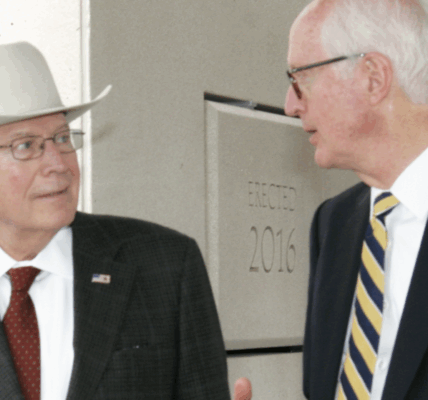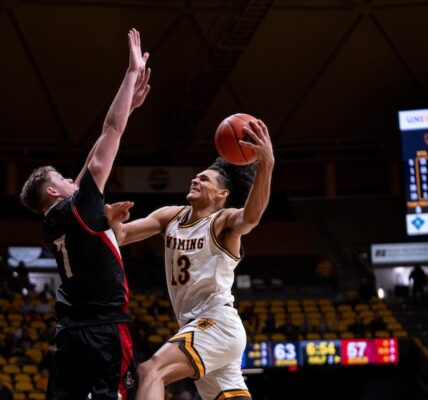
By Stephen Dow
Cody Enterprise
Via- Wyoming News Exchange
CODY — A proposal being considered by the Wyoming Legislature would allow airports across the state to create special taxation districts, providing up to three mills of additional annual funding.
Aaron Buck, director of Yellowstone Regional Airport, said he’s supportive of House Bill 40 and thought it could potentially be a useful source of funding for YRA. He estimated a full three-mill levy would generate roughly $2.6 million in annual revenue, with a single mill generating $870,000.
“If the legislation was to pass, it is something we would consider, for sure,” Buck said. “I look at it as another tool in the toolbox we could use.”
According to the Wyoming Airport Coalition, 37 of Wyoming’s 40 public airports — including Yellowstone Regional Airport — are not self-sustaining, as the amount and type of air traffic they receive do not generate enough revenue to cover operational or capital expenses.
The bill would be a way to generate an additional source of revenue for those 37 airports and would reduce the need for city and county general fund dollars to support airport operations, according to the coalition.
During the fiscal year ending June 2022, YRA made a $666,294 profit. The airport received over $9.57 million in income, including $8.84 million in grants. The airport had $8.90 million in expenses.
Much of the airport’s income in any given year is “restricted funds” that can only be spent on a specific project, Buck said. In comparison, the potential dollars from a mill levy would have fewer restrictions, and give airports like YRA more leeway on how those dollars can be spent.
The mill levy money could be used toward operating expenses; capital improvements; equipment acquisition; matches for grant funding; air service development; or the creation of public private partnerships that can enhance the airport and the local economy, according to the Wyoming Airport Coalition.
“These funds would be less restricted,” Buck said. “So, for example, a commercial airport could look at building a general aviation hangar. That is a capital project that restricted funds can’t be used for, but could potentially be useful as a revenue-generating project in a lot of places.”
The proposed legislation would also allow special districts to issue bonds and take on debt. It would cap the total amount of debt at 4% of the assessed valuation of the district. Any bonds would have to be approved by voters in the district, and they couldn’t last longer than 25 years.
Buck noted airport district legislation has been considered by the legislative body before — most recently in 2021. That bill, which is identical to the current proposal, passed the Senate, but died on a 30-30 vote in the House. This year, the bill will start in the House, and Buck said he is interested to see how legislators’ opinions might have changed during that time.
“I feel like, in the last two years, the airports throughout the state have been able to get the word out about what this bill is, what it isn’t and what it really means,” Buck said. “Our hope is that it is slowly gaining support among our legislators.”
Even if the legislation passes, the creation of a special district in Park County isn’t guaranteed, he said, it would require the approval of Park County voters. If the district and its mill levy weren’t approved by voters, the tax proposition could not return to the ballot for at least 23 months. A sunset provision in the bill would require the special district to go back to the voters every 10 years for reconsideration after initial approval.
Buck noted that, while there is often a stigma against raising taxes in Wyoming, he was hopeful local residents could see the value in a potential mill levy when the time comes.
“I don’t think it would be a slam dunk by any means,” he said. “It will really be our responsibility to get a specific plan together that outlines how the money would be used and the ways the community would benefit. If we do that, I hope a lot of people will be open to the conversation.”





